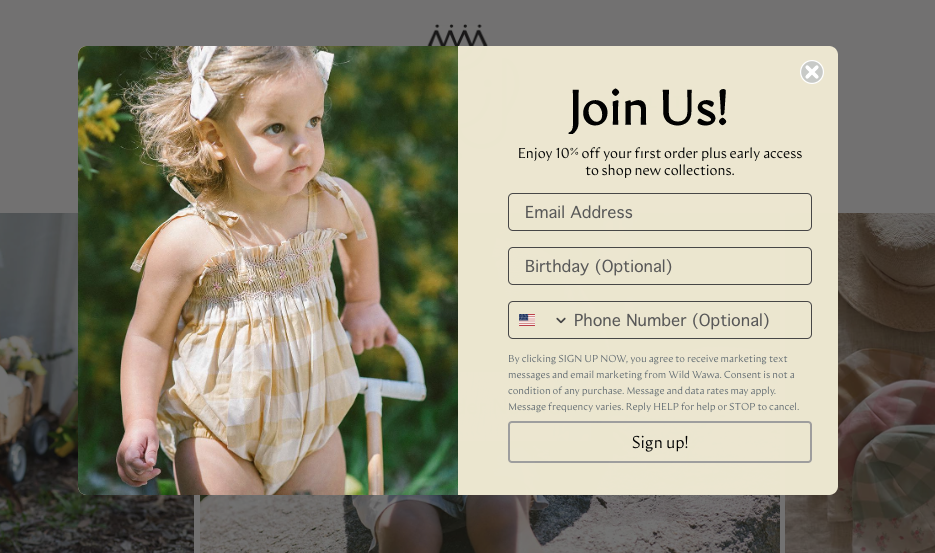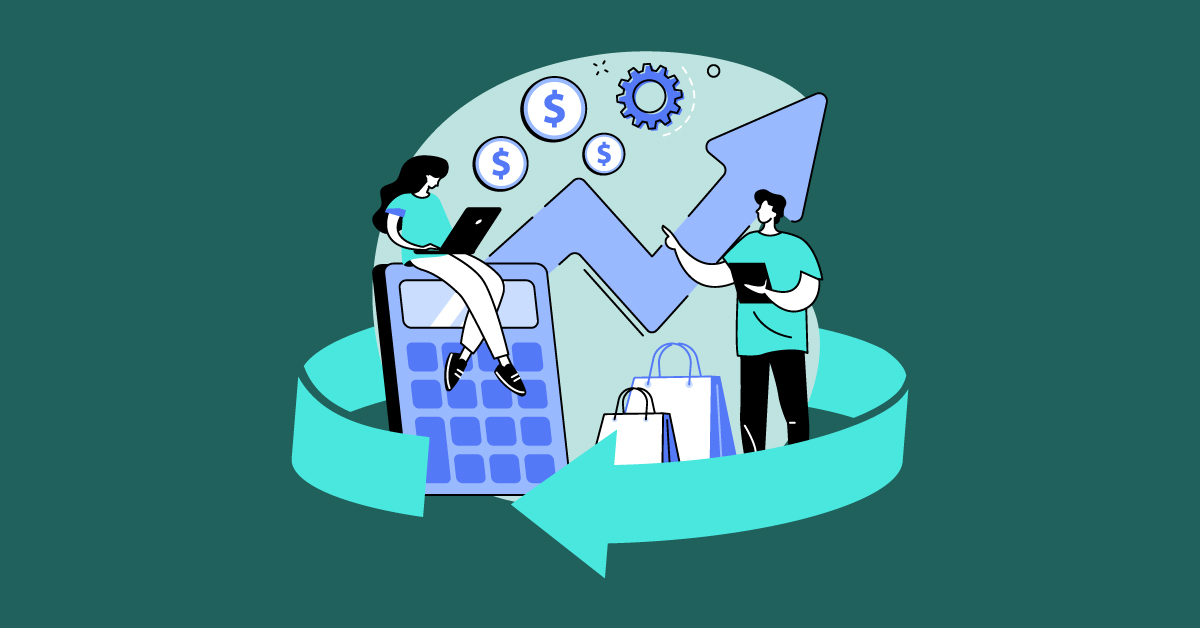Hundreds of marketing professionals gathered for Digital Summit to learn and share innovative ideas and best practices for the digital world. While there were over 30 informative sessions over the two day event, one of them was from our very own Josh Aberant, CMO of Quantum.
Josh gave an impactful presentation on the stages of lifecycle marketing. During his session, he shared valuable tips from each stage on how to increase revenue without increasing any ad spend.

Whether you weren’t in attendance for Digital Summit or want to refresh your memory, we have outlined the presentation below with the many insightful takeaways that were shared.
What Is Lifecycle Marketing?
Josh began by discussing the importance of lifecycle marketing. Simply put, lifecycle marketing is a marketing process focused on engaging with customers throughout their entire journey. It focuses on converting and retaining more customers by maximizing the lifetime value (LTV) of your customers to combat rising customer acquisition costs (CAC). This is done through strategic, data-driven campaigns that send personalized messages to your past, present, and future customers.
Josh noted that if your LTV:CAC ratio is <1, you’re losing money on each new customer and do not have a profitable business.
Extending LTV while reducing CAC are both important strategies to increase revenue. However, lifecycle marketing focuses largely on lifetime value. “Lifetime value doesn’t necessarily get you profitability quicker, but it can result in much more profitability.”

Lifecycle Marketing Stages
Each stage will be discussed in further detail later on, but for now let’s define each stage in the lifecycle marketing process.
- Acquisition. The process of acquiring new potential customers.
- Nurture. Nurturing your leads by demonstrating your authority to build trust.
- Conversion. Converting a potential customer into a customer by making a purchase from you.
- Retention. Unlike the traditional sales funnel which covers stages 1 through 3, retention focuses on engaging your past customers to turn them into loyal customers and keep them coming back.
- Winback. For lapsed customers, effective winback strategies via re-engagement campaigns can extend their customer journey and increase their overall lifetime value.
Acquisition
Activate your acquisition. This is the stage where you are attracting the customer to your campaigns. Use pop-ups with a discount offer to incentivize visitors to sign up for your email and SMS lists. Other activities in this stage include traffic generation (SEO, social media, ads) or events that require registration.
This stage is critical as you need to obtain the user’s information to use during all of the lifecycle marketing stages.

Acquisition Best Practices
- Customize forms based on landing page
- Make your forms easy to find and complete
- Incentivize with discounts or free shipping
- Gamification can increase participation
- Collect additional demographic info for future campaigns: birthday, gender, etc. (without overwhelming visitors)
- Ask for SMS consent (compliance matters)
Nurture
The nurture stage is where you provide value via a discount code or other special offer. It’s also your opportunity to introduce your brand to build trustworthiness and increase awareness. The best ways to do this are with a newsletter and welcome series flows.
Newsletters help build trust and provide valuable information. They can include:
- Brand related stories
- Product tips
- FAQ
Welcome series flows develop the new customer relationship with and can include:
- Discount codes
- New product arrivals
- Sales
- Holidays and events
- Special offers
Nurture Best Practices
- Welcome series should feature more than one message. Consider different journeys depending on where users come from.
- Newsletters should focus on storytelling and education, not sales.
- Experiment with two-way conversational messaging.
- Leverage your product packaging (if applicable) to tell your brand story,
Conversion
The part every business owner looks forward to! Converting your users into customers is always easier with effective messaging. Creating a sense of urgency or FOMO will push your users into the conversion stage by urging them to act now. Make sure your message has only one call to action so you do not confuse customers on what you want them to do.

Conversion messages include:
- Browse abandonment
- Cart abandonment
- Bundle offers
- Last chance/ low stock
- Back in stock
Conversion Best Practices
- Connect your email and SMS provider with your ecommerce platform (i.e. Shopify) and automate whenever possible.
- Experiment with different delays and messages for abandoned cart recovery
- Experiment with CTAs
- Combine email and SMS into a single journey for maximum effectiveness
- Segmentation
- Add deadlines to create a sense of urgency
Retention
The retention stage is too important to ignore, and unfortunately many businesses do. The truth is it’s much more cost effective to focus on existing customers than to acquire new ones, and an easy way to gain customer retention is by following up.
Many of the messages in the retention stage are transactional based, but Josh pointed out that these are the messages customers really want to receive and are an incredibly important marketing touchpoint to continue building trust.
Post purchase follow up messages to increase retention include:
- Thank you for your order
- Order shipment confirmation
- Order delivery confirmation
- How to use your purchase
- Feedback survey
- Offer to join VIP Program

Retention Best Practices
- Personalize messages based on order habits
- Create a loyalty program
- Reward VIPs
- Make VIPs feel special
- Don’t neglect post-purchase emails like shipping confirmations, delivery notifications, etc.
Winback
Not every customer flows smoothly through their journey and becomes a loyal customer. Luckily, some customers will return with the use of re-engagement campaigns. The winback stage gets its name from the act of “winning back” your customers with a sincere message and compelling offer. Be sure to segment your list to get the right message to the right audience.
It’s important to manage expectations as the winback stage does not begin to work overnight. “Getting a winback right takes some time,” Josh stated. “But it can be incredibly powerful.”

Winback Best Practices
- Be very thoughtful about segmentation
- Sincerity works
- Make a compelling offer
Using Lifecycle Marketing In Your Ecommerce Business
Josh outlined the framework and some key tactics to use in a lifecycle marketing program that every ecommerce business can benefit from. There are even more that he did not get a chance to discuss at Digital Summit including optimizing and segmenting techniques. To learn more about lifecycle marketing and Quantum, download our complimentary ebook today.
Once you’ve read our ebook, let us show you how your business can benefit from an effective lifecycle marketing strategy. Learn about our complimentary lifecycle marketing audit to identify opportunities of growth for your business.
